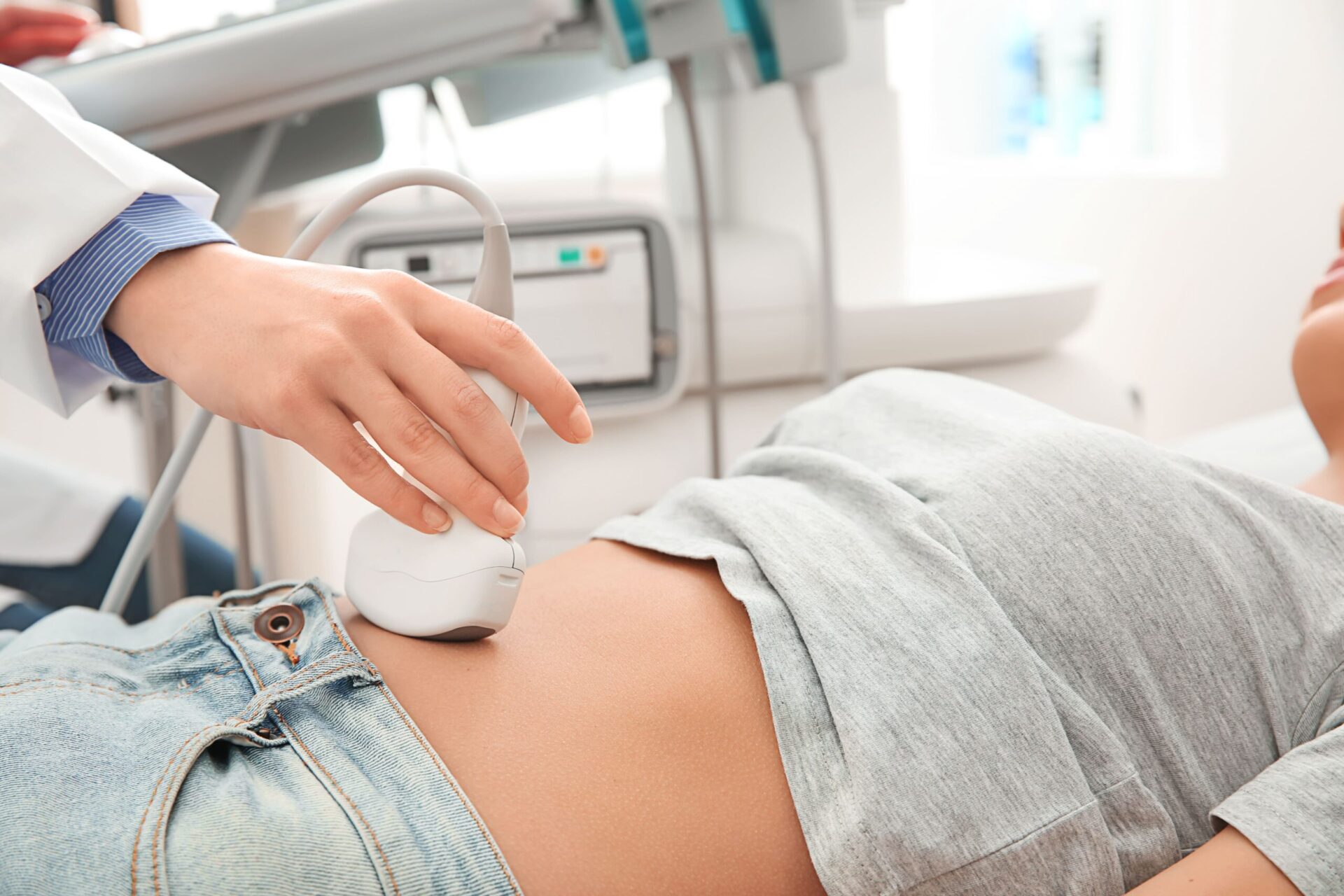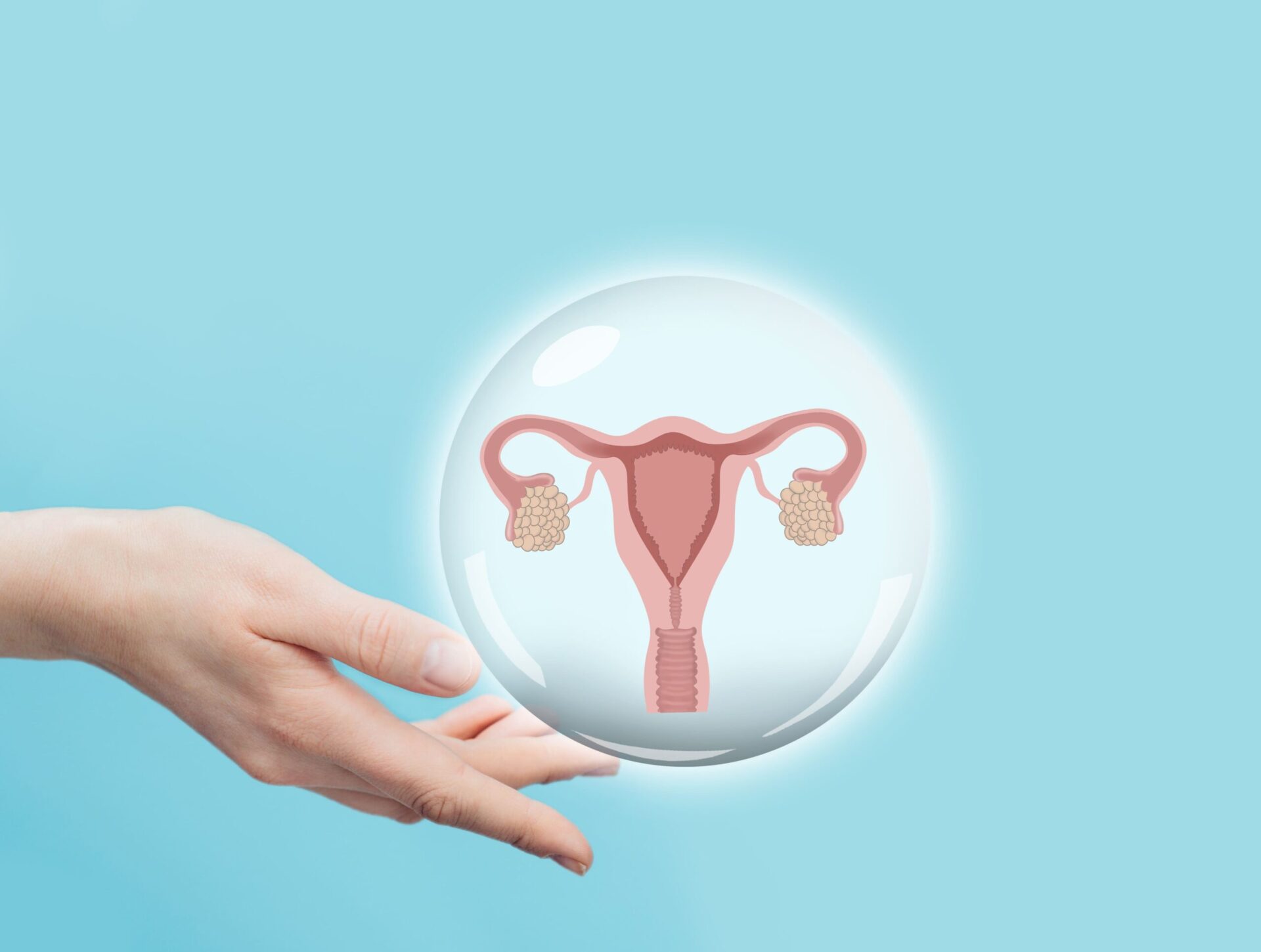Low ovarian reserve:
A woman’s ovarian reserve is made up of primordial ovarian follicles called dormant follicles, which are found in the ovary from the intrauterine (fetal) period of the woman. Each month, each ovary activates about 1000 primordial follicles, in a process that lasts several months, to become a more complete structure, the antral follicles. Only one of them develops, grows, and gives rise to ovulation, the rest of the follicles are atresian (lost).
The antral follicles are visible by ultrasound at the beginning of the cycle (follicular phase) and are susceptible to hormonal stimulation, either naturally (by the woman’s own body) or by means of drugs used for ovarian stimulation for IVF treatment. It is the number of antral follicles measured by ultrasound in the follicular phase, together with the level of Antimullerian Hormone in blood; predictors of ovarian response, when the patient undergoes an ovarian stimulation cycle (IVF).
Low ovarian reserve means a lower probability of conceiving spontaneously, as well as a decrease in the number of eggs obtained in an assisted reproduction treatment, usually after IVF.
Platelet-rich plasma, the story:
The use of Platelet Rich Plasma for cellular rejuvenation has been in use for a little over 15 years. Since then, there are many possible applications, in many parts of the body, always with regenerative, curative intention.
The concentration of growth factors in the blood varies over time. The older we get, the higher the concentration of inflammatory molecules in the blood and the lower the amount of growth factors, which promotes cell aging.
The therapeutic tactic of PRP is based on the modulation and acceleration of scarring processes through the growth factors present in platelets, universal initiators of almost every regeneration process. PRP is composed of serum, leukocytes, platelets and growth factors, although the union of all these elements favors the action of PRP, the fundamental elements are the growth factors that exert the regenerative function wherever they are administered.
Ovarian platelet-rich plasma (PRP):
Some research suggests that intraovarian administration of platelet-rich plasma (PRP) may activate some «dormant» follicles already destined to disappear, hence it has been called «ovarian rejuvenation», may be able to increase the number of oocytes obtained after ovarian puncture. The evidence about the improvement of the antral follicle count, as well as the possible improvement of oocyte quality is limited and still scarce, but it is true that more and more series are being published with data that offer very encouraging and promising results about this type of treatment. Cases of spontaneous pregnancies have been reported, as well as pregnancies achieved after IVF in patients with previous negative cycles and unfavorable reproductive scenarios.
The administration of ovarian PRP was initially proposed only for women with ovarian failure due to early menopause. Now, thanks to new evidence, its use has become widespread in people over 40 years of age. We need more studies to inform us of the optimal age range in which a greater effect is expected after this treatment.
Ovarian Rejuvenation Protocol:
The treatment of «ovarian rejuvenation» can include only the administration of platelet-rich plasma, by means of micropunctures (a mechanism similar to that performed with conventional IVF); or a pre-treatment aimed at mobilizing bone marrow stem cells, and then using this blood sample for the preparation that is administered intra-ovarian (PRP).
The choice of the best protocol; isolated PRP, or PRP after mobilization of bone marrow stem cells (ASCOT method); depends on the characteristics of the patient, and must be individualized in each case. There are different formulas for carrying out the procedure, and also different interpretations of it. Each center uses and applies its own.
Pretreatment involves the prior administration of a drug called Filgastrim, which is marketed under different names (Nivestim, Neupogen). Filgastrim is a drug called granulocyte colony stimulating factor; its action is focused on stimulating the bone marrow to create more white blood cells, especially neutrophils, as well as increasing the concentration of growth factors in the blood.
According to the latest studies, pretreatment (mobilization of bone marrow stem cells) and subsequent ovarian PRP (ovarian micropunctures) may be able to improve ovarian reserve, and perhaps provide an improvement in oocyte quality. It would increase the probability of achieving a higher quality embryo, and increase the probability of pregnancy in patients with poor prognosis.
Once the pre-treatment is completed, blood would be extracted from the patient, which is subjected to a laboratory process that allows obtaining an optimal sample that will be the one finally administered by direct puncture or by laparoscopy.
This procedure is based on the combination of these two techniques that have been shown to have positive effects on the ovary. It is important to emphasize that the blood is extracted from the patient herself (previously enriched), and after processing and preparation it is administered again to the patient herself, thus avoiding all possible compatibility problems and infectious risk.
When to perform IVF after ovarian PRP?
The information on this subject is limited, the studies speak that after ovarian PRP, the following months (1-3 months, and up to 6 months) is when the effects of the treatment can be observed; although more studies are needed to evaluate when the optimal time would be.
Risks of Intraovarian PRP application:
The potential risks are very low, and in any case very similar to those of the traditional ovarian puncture. of any IVF procedure: specific risks of anesthesia, peritoneal infection, hemorrhage due to accidental puncture of blood vessels or the ovary itself, puncture of bowel loops or other structures or ovarian torsion.
As previously mentioned, it is a new treatment, which can be classified as experimental and we need more studies to clearly determine its usefulness and main indications and limitations.





